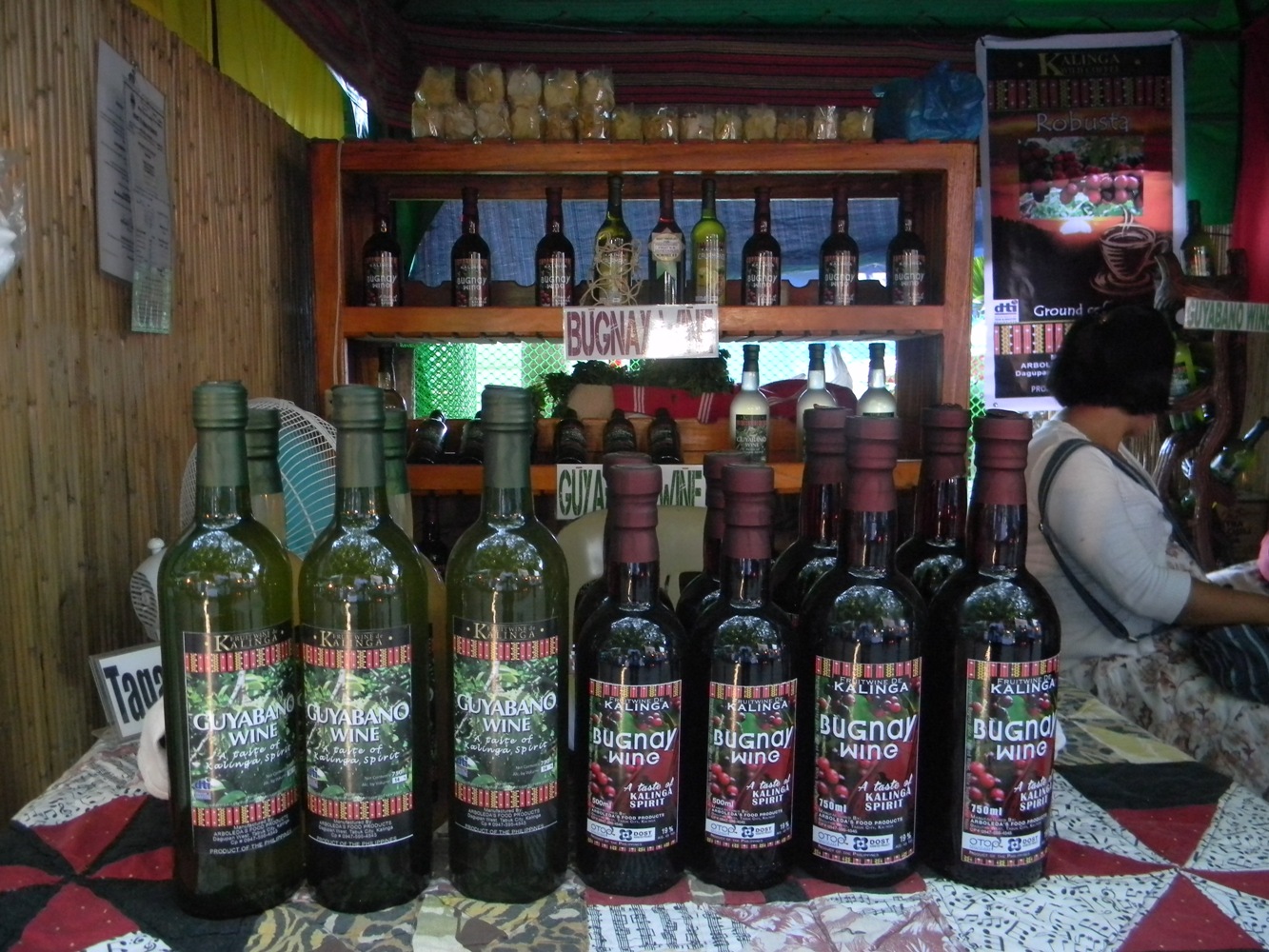Philippine wine

Image by/from Philippine Information Agency
Philippine wine or Filipino wine are various wines created within the Philippines. They include indigenous wines fermented from palm sap, grain, job’s tears, sugarcane, and honey in addition to modern wines mostly created from various fruit crops.
Indigenous wine-making traditions within the Philippines goes back to prior to the colonization the hawaiian islands through the Spanish within the 16th century. These were usually area of the traditional tapay fermentation process and were fermented inside earthen jars referred to as tapayan. These were consumed for both entertainment as well as in the animist rituals within the various indigenous anito religions. Heavy use of tuba along with other alcohol based drinks within the Philippines were as reported by early Spanish colonizers. Social consuming (tagayan or inuman in Tagalog and Visayan languages) was and remains an essential facet of Filipino social interactions. Indigenous wines range from the following:
One of the most broadly prevalent wines created within the Philippines may be the tuba that is created from palm saps. The most typical kinds of tuba are manufactured from coconut and nipa palm sap. Tuba may also be produced from the kaong palm (Arenga pinnata) and fishtail palms (Caryota spp.), which are classified as tuhak and tunggang, correspondingly.
A notable variant of tuba in the Visayan peoples of Visayas and Mindanao may be the bahalina, that is distinctively reddish-brown colored because of the utilization of bark extracts from certain mangrove species. Tuba can also be generally consumed with raw egg yolks along with other sweet ingredients, a mixture referred to as kinutil.
Throughout the Spanish colonial period, distillation technologies were adopted by native Filipinos as soon as 1574, leading to improvised stills referred to as kawa. They were accustomed to distill tuba right into a palm liquor referred to as vino de coco or vino de nipa, that is now referred to as lambanog in modern occasions.
Grain wines was once common in pre-colonial occasions, included in the procedure for tapay production, however only survive among relatively isolated ethnic groups within the islands. The pangasi from the Visayans, for instance, has become virtually extinct. However, a version survives one of the Subanen people, which may also be produced from job’s tears (adlay), though even this really is beginning to vanish because the starch source is more and more being substituted with cassava. Pangasi also survives one of the Sulodnon people of Panay, although it has additionally been substituted for sugarcane.
One of the Manobo people of Bukidnon, an identical grain wine exists known as agkud. It’s flavored with ginger root and sugarcane juice. Within the northern Philippines, the only real surviving grain wines are the tapuy from the Igorot people, sometimes known in your area as baya. It’s combined with ginger root and roots. It’s a essential a part of traditional rituals from the highland tribes.
Sugarcane wines range from the basi from the Ilocanos and also the palek from the Ivatan. Basi is notable for the reason that it caused the 1807 Basi Revolt when Spanish government bodies attempted to ban the non-public output of basi.
Another sugarcane wine was the intus of Visayas and Mindanao. It’s largely extinct, although it still partly survives one of the Lumad peoples of Mindanao where it’s flavored with langkawas (Alpinia galanga) or pal-la (Cordyline fruticosa) roots.
Mead produced from honey were rare, even just in precolonial occasions. They are extinct and just known from colonial sources. They range from the kabarawan from the Visayans that was produced from honey combined with bark in the kabarawan tree (Neolitsea villosa) and also the bais from the Mandaya and Manobo people which is made of honey and water.
The majority of the modern wines created in the united states derive from in your area created crops with grape-based wines mostly imported from Australia and Countries in europe. This Year, it had been reported that previous tries to produce grapes that are appropriate enough for wine-making in northern Philippines unsuccessful because of unacceptable soil conditions and temperatures.
Modern local vino is mostly fruit wines, including bignay wine produced from bignay berries (Antidesma bunius) guyabano wine produced from soursop (Annona muricata) mangosteen wine produced from mangosteen duhat wine produced from black plum (Syzygium cumini) and mango wine produced from Philippine mangoes. Another in your area created wines are oregano wine from Quezon created from Cuban oregano (Plectranthus amboinicus).
Liqueurs created in the colonial era will also be generally offered as “wine”. Typically the most popular are anisado, anise liqueurs generally infused with assorted herbal ingredients by early Chinese-Filipino immigrants. A notable variant of anisado is anisado Mallorca, or just Mallorca, which adds sugar and may also be used like a cooking wine.